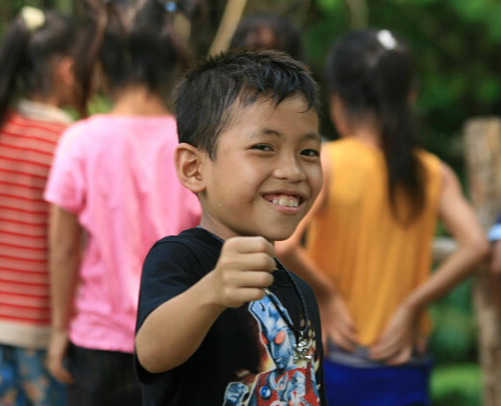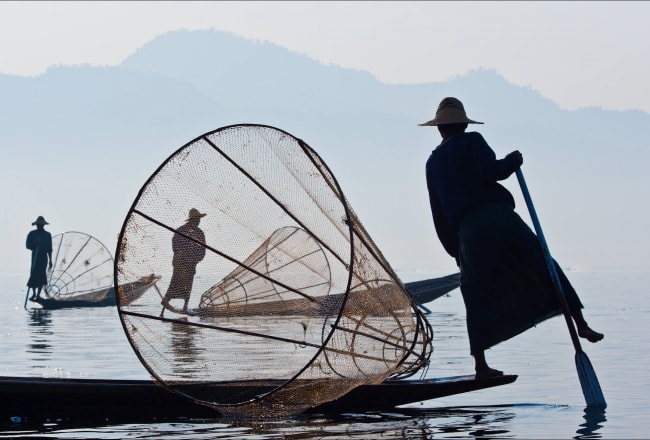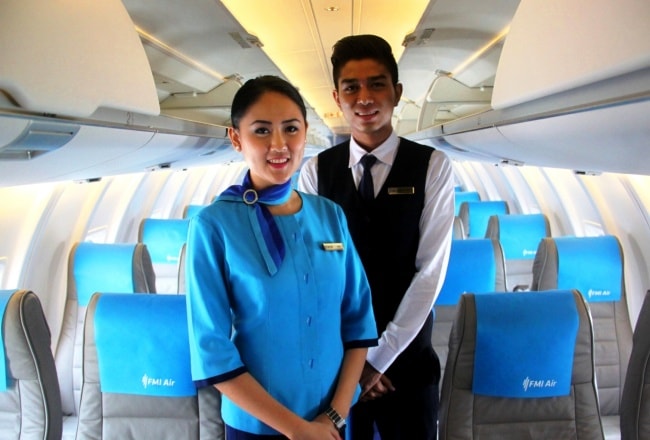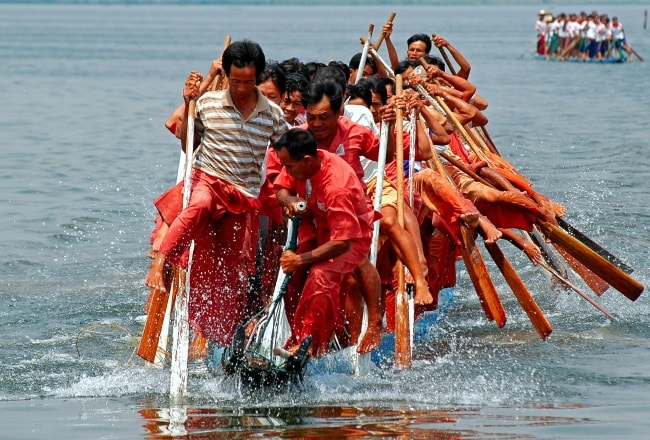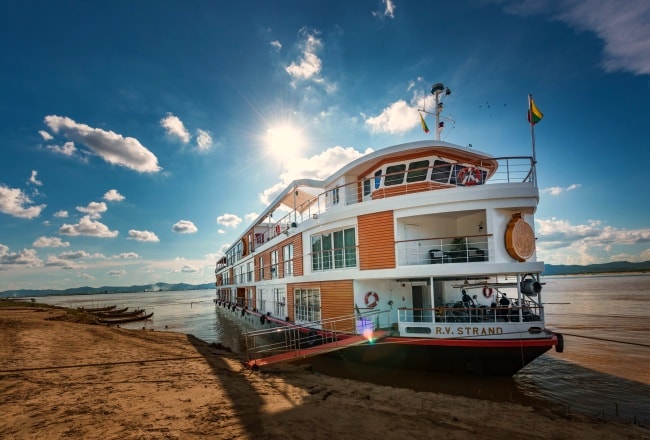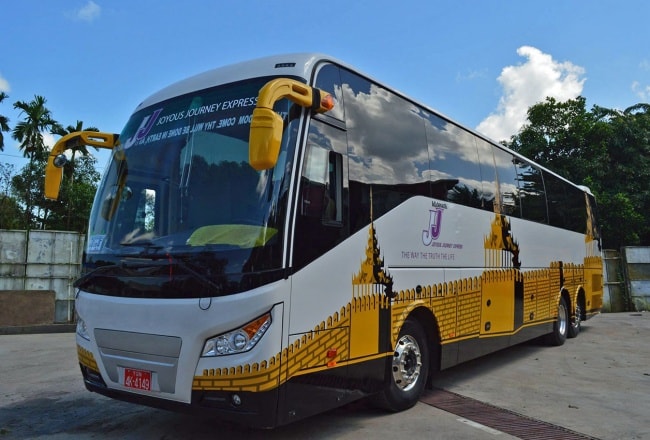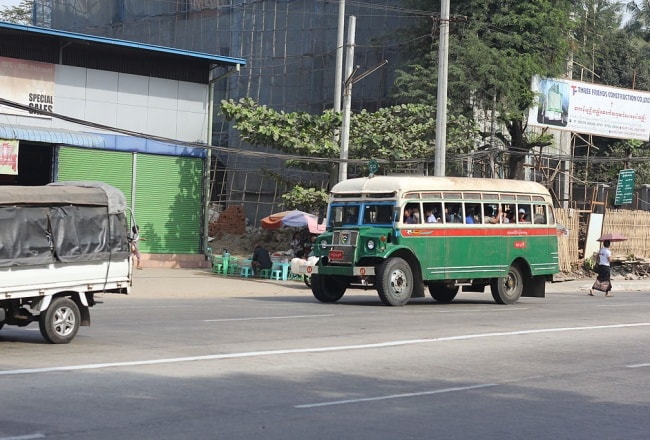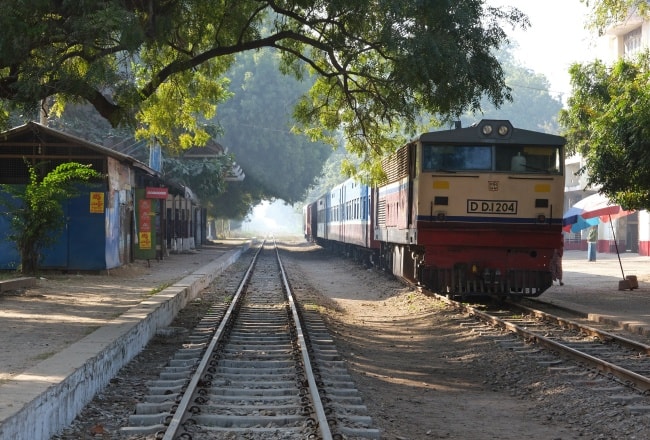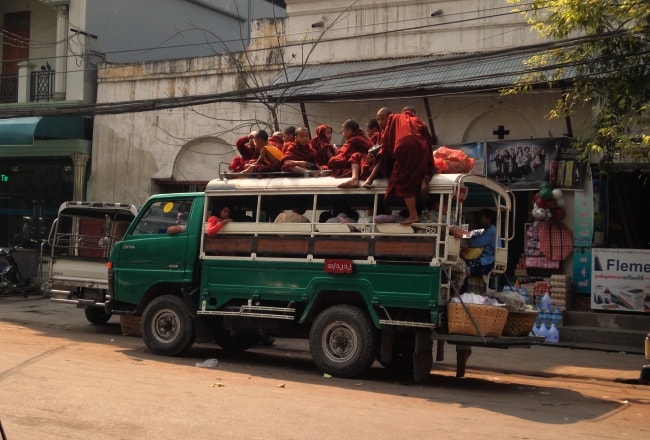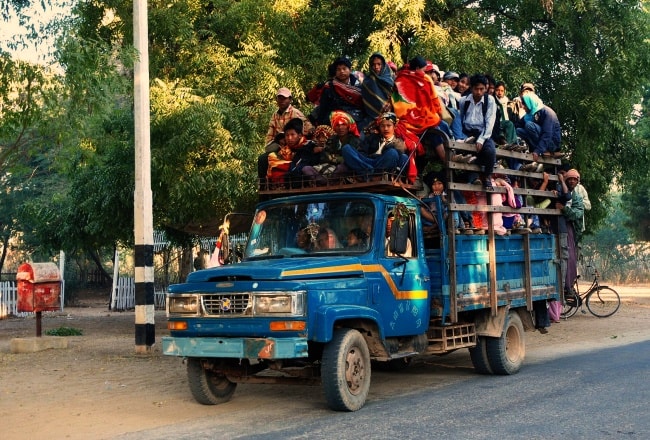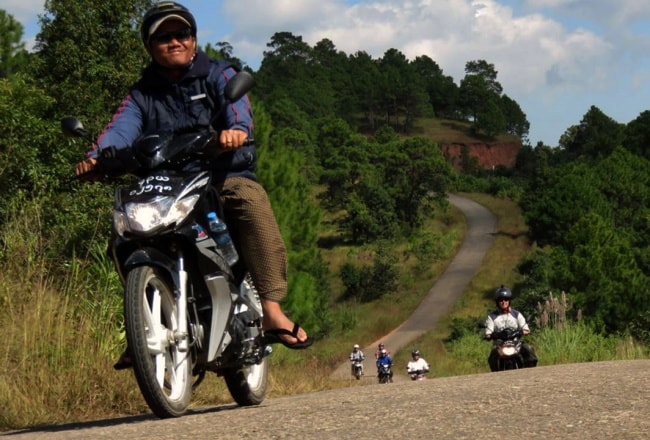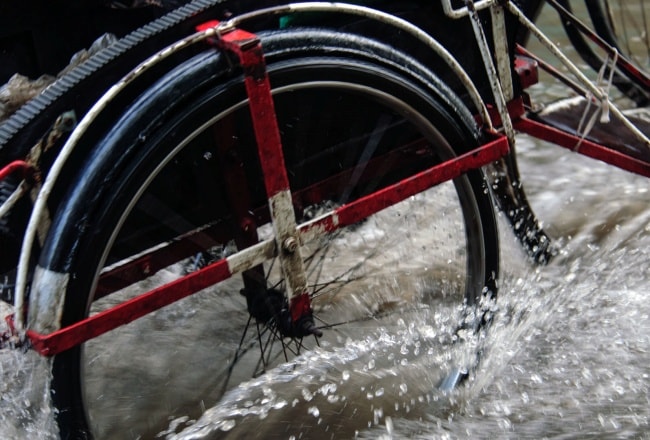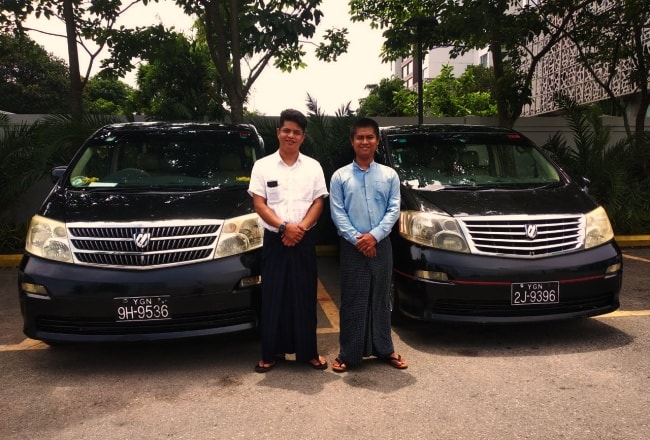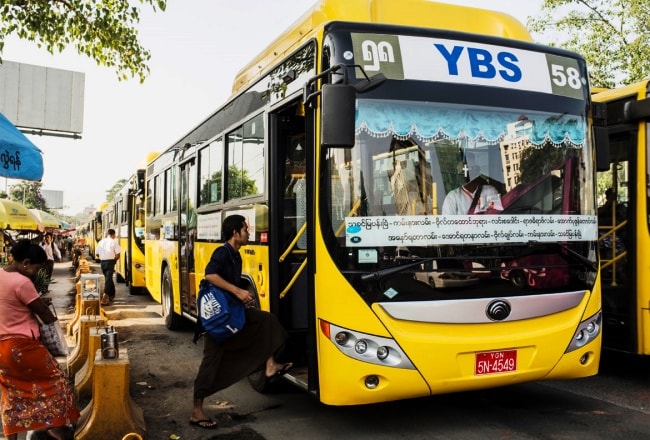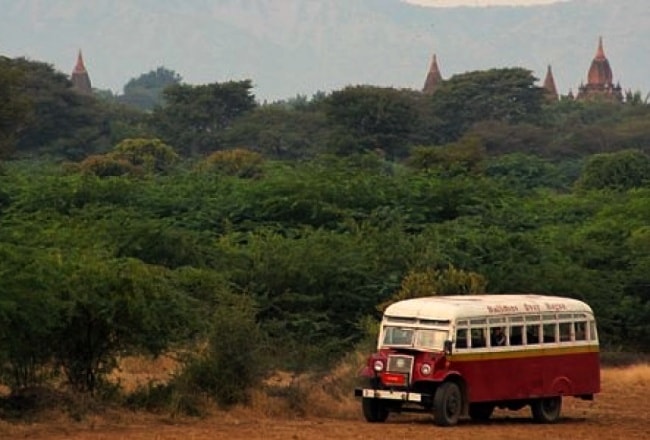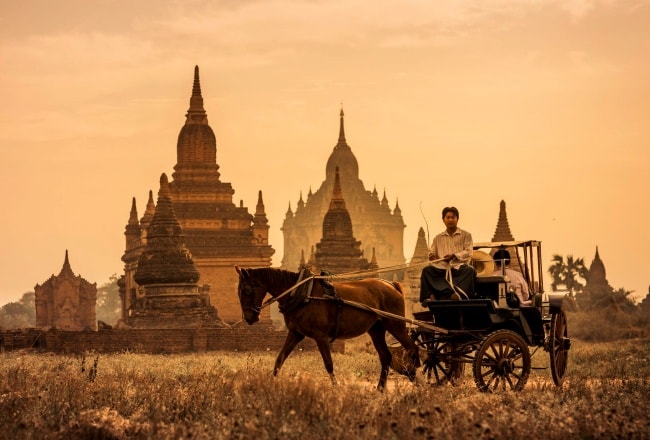Q. Is Myanmar safe for tourist?
Generally speaking, Myanmar is a safe country for tourists since its laws are extremely strict to all those causing problems to tourists. However, you shouldn't relax as it definitely isn't without its dangers. Be cautious and apply all precaution measures that you would stick to in your own country.
Here is our full guide for Myanmar safety and precaution.
Q. When is the cheapest time to fly to Myanmar?
Logically, the cheapest time to fly to Myanmar is during the off-season from April until October. As there are not many tourists visiting the country, the airlines and hotels seem to offer promotion to attract more tourist and try to fill-up the plane. If you are ok with the heat and some sudden rain, this is the time for you.
According to cheapflights.com.au, the cheapest flights to Myanmar are usually found when departing on a Monday. The departure day with the highest cost is usually on a Friday.
Moreover, Myanmar flights can be made cheaper if you choose a flight at noon. Booking a flight in the morning will likely mean higher prices.
Simply follow this, sometimes you can have the promotion of 40-50% discount.
Here is how to book the cheapest flight to Myanmar
Q. What is the main transportation in Myanmar?
Small towns rely heavily on motorcycle taxis and trishaws as the main modes of local transport. However, in big cities (Yangon, Mandalay, Pathein, Mawlamyine and Taunggyi) public buses take regular routes along the main avenues for a fixed per-person rate, usually K200.
Q. Is there UBER in Myanmar?
There are currently 4 taxi hailing companies in Myanmar – Grab, Oway, Hello & OK Taxi. All 4 companies have their own taxi hailing apps on the Apple and Google Apps Store.
As of 8th April 2018, Grab has acquired all the business of Uber in South-East Asia (including Myanmar). Currently Grab is the dominant taxi hailing company in Yangon.
Our advice for tourist landing for the first time at Yangon Airport is to use the official taxi booking counter near the exit of the custom station at the Arrival Hall where they offer fixed price taxi fare with booking slips issued to the taxi driver that brings you to most hotels in Yangon based on an agreed upon fare schedule.


